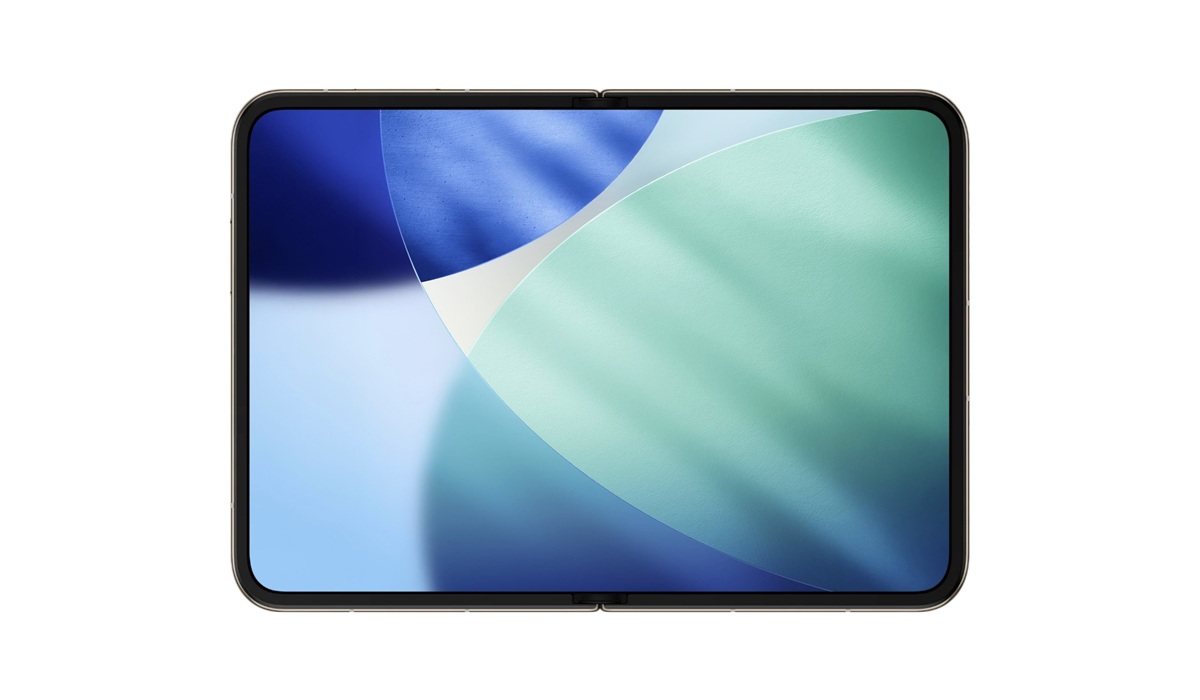Apple’s production line for the iPhone Fold is almost ready, and the company wants everything to be perfect if it wishes to compete against the likes of the Galaxy Z Fold 7. Samsung’s latest Galaxy Z Fold 7 is as thin as a standard smartphone, which is quite an achievement considering the device folds in half. A new supply chain report claims that Apple is ready to begin the production of the iPhone Fold. It was recently reported that the company is also testing realistic prototypes of the device, finalizing all the details before pushing it to the production line.
Samsung to supply OLED panels for Apple’s iPhone Fold as production ramps up ahead of next year’s official release
The report from ETNews specifically states that the production of foldable OLED displays has already begun before the official launch next year. Initially, the foldable panels are being produced by Samsung Display for Apple’s foldable at its A3 factory in Asan, Chungcheongnam-do. The production line is dedicated entirely to the iPhone Fold’s panels, and the work in the facility is believed to be in the final stages. The facility will be responsible for manufacturing 15 million displays with a 7-inch screen size annually for the iPhone Fold, which gives us an indication of the company’s prospects for the new device.
Samsung Display has started preparing to produce organic light-emitting diodes (OLED) for foldable iPhones. It is understood that they are building a production line dedicated to Apple’s foldable display […] It is said that work such as equipment replacement began in the second half of last year, and it has reached the final stage.
Apple’s plans to launch a foldable iPhone began in 2018, but the company adopted its long-standing approach of waiting until the technology is perfected. Well, it appears that the technology has caught up to Apple’s standards, while Samsung has released its seventh iteration of the Galaxy Fold. The device will launch alongside the iPhone 18 and iPhone 18 Pro models next year, while sharing the same annual upgrade cycle. The company plans to produce 6 to 8 million units of the iPhone Fold next year, while Samsung’s production capacity is far greater at 15 million. The supplier is preparing for new models and possibly a surge in demand in the following years.
The production capacity is 35,000 sheets per month based on the 6th generation glass director. Converted to the 7-inch foldable OLED standard, it can produce 15 million panels per year.
Samsung will potentially remain Apple’s exclusive supplier of foldable displays in the first two years, as it has secured a deal with the Cupertino giant. Since the company has its own foldables running, it has the required expertise in the field, making it the perfect match for Apple at this stage. The iPhone Fold is expected to be 4.5mm thin when unfolded, which is slightly thicker than Samsung’s Galaxy Z Fold 7, and it will also have a smaller display. It will be powered by the A20 series of chips and will feature Touch ID in the power button instead of Face ID. Moreover, it will cost upwards of $2,000, potentially similar to what Samsung is charging for the Galaxy Z Fold 7.


